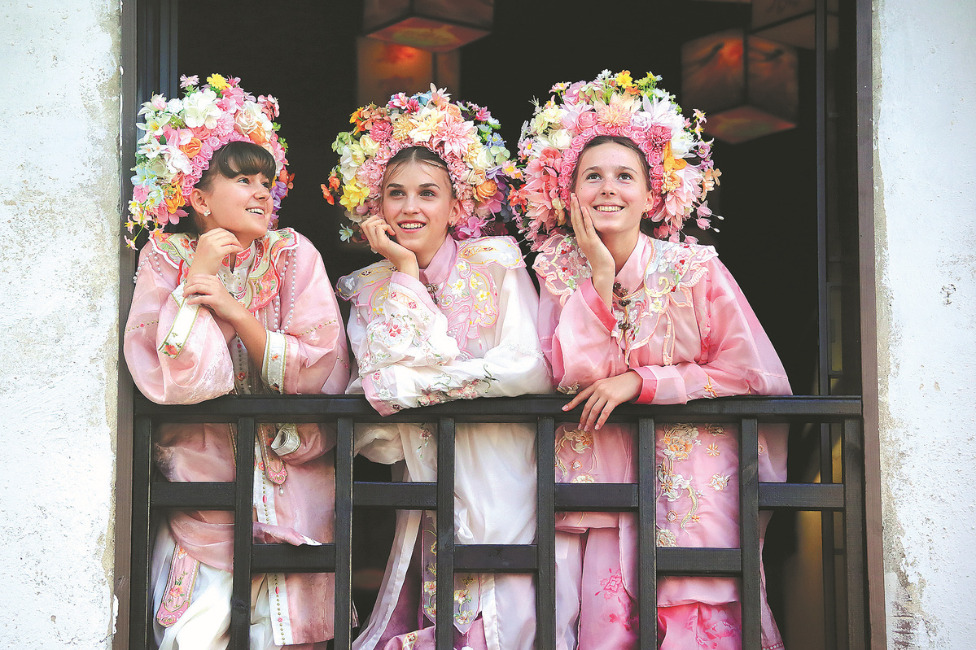Farmers, chefs fight to save classic ingredients in Mexican cuisine
China Daily Global | Updated: 2019-09-17 10:44

SAN ANDRES CALPAN, Mexico-Speaking against a backdrop of two soaring, snow-capped volcanoes, Asuncion Diaz explains his fight to save the original poblano chili, one of the most important ingredients in Mexican cuisine, from climate change and other threats.
The pristine panorama notwithstanding, Diaz and other producers in Puebla say climate change is stalking this mountainous region in central Mexico and threatening the dark green chili pepper for which it is famous.
"The chilies get burned by the sun, and if it rains they go bad," says Diaz, a 55-year-old agricultural engineer, taking a break from work on his plantation outside San Andres Calpan, a village nestled in the skirts of the region's twin volcanoes, Popocatepetl and Iztaccihuatl.
Looking up at the first volcano, which locals affectionately call "Popo", fellow farmer Hilda Cruz concurs that the region is heating up.
"When I was a little girl, Popocatepetl had snow year-round. I was 35 when I saw it without snow for the first time. It made me cry," says Cruz, now 64.
The disappearing snow has been caused in part by increased volcanic activity inside Popo's crater. But Mexico's environment ministry says climate change is also wreaking havoc on the region, causing droughts, frost and heavy precipitation.
Climate change is just one of the threats facing the ingredients of Mexico's renowned cuisine, which was named an essential part of the world's cultural heritage by UNESCO in 2010.
Hybrid seeds, globalization and consumers' demand for immaculate produce are also taking their toll on ingredients like the poblano, which is used in Puebla's luscious mole dish - a spicy, chocolatey sauce - as well as in chiles en nogada, an iconic dish associated with Mexican Independence Day, September 16.
Some farmers and chefs now are fighting back to save Mexico's indigenous chilies, beans, tomatoes, gourds, maize and more.
They include star chef Ricardo Munoz Zurita, the man behind Azul, one of Mexico City's top restaurants.
Every year in August and September, which is chile en nogada season, he regales customers with his lavish take on the traditional dish. Munoz buys his chilies from Diaz's plantation, which meticulously protects its crop from hybrid seeds.
"They are saving the poblano chili," says the chef.
But he is worried about many of the other 31 ingredients in the traditional chile en nogada, which is stuffed with a mixture of ground meat and fruits.
"The fruits in the stuffing are in serious trouble: panochera apples, San Juan pears, creole peaches, pink pine nuts and fresh walnuts," he says.
Agence France-Presse
























